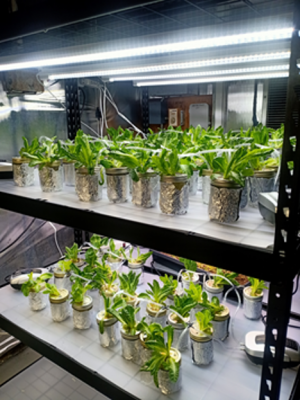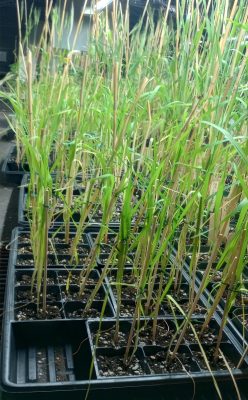This op-ed article was published in The Day, Hearst Connecticut newspapers and The Connecticut Mirror.
By Judy Benson

Breaking a habit is hard, especially when it involves something as ever-present as plastic. But as Connecticut Sea Grant, Save the Sound and other partners launch our ninth annual monthlong #DontTrashLISound campaign on Saturday, Aug. 16 with a cleanup at Long Wharf Drive in New Haven, the focus is once again raising awareness about the increasing dangers of plastic. It’s being found seemingly everywhere in our environment — even our bodies — as a persistent, accumulating toxin, with carcinogens and other hazards.
“Some estimate that we ingest something like a credit card’s worth of plastic into our bodies every week,” said Dr. Jason White, director of the Connecticut Agricultural Experiment Station who’s been researching how plastics are getting into the food we eat. “We need to decrease our exposure to plastics and decrease the massive amounts getting into environment.”
Building on the theme for this year’s campaign of “Better than plastic,” we’ll be sharing ideas on social media about everyday alternatives to plastic. By opting for fresh flowers over balloons at celebrations, metal water bottles instead of throwaway plastic ones and reusable mesh bags for produce over fruits and vegetables in plastic packaging, for example, you’ll be acting both in your own and our collective self-interest for a healthier body and planet. Even using plastic cutlery and cups carries the risk of little bits of plastic being consumed, White said, so every time that’s avoided is a step in the right direction.
But as the saying goes, “don’t let the idea of perfection get in the way of the possible.” Plastic, unfortunately, is here to stay, and avoiding it altogether is virtually impossible. Nevertheless, there’s a lot we can do to reduce its presence in our lives.

If you need more convincing about the dangers of plastic, consider White’s recent research project in collaboration with colleagues from Rutgers University and the New Jersey Institute of Technology. Micro- and nano-plastics, he said, are routinely found in agricultural soils and irrigation water. These are the tiny shards that pass through water treatment plants into the public water supply, end up in fertilizers made from treatment plant waste or are shed off sheets of black plastic mulch commonly used on row crops. White and his colleagues wanted to find out whether these toxic particles were getting into the plants we eat, as well as if they were increasing the accumulation of other environmental pollutants.
They grew wheat in plastic-contaminated soil, and lettuce hydroponically in contaminated water. They found that both the wheat and the lettuce not only absorbed the plastic particles but also increased the accumulation of heavy metals such as arsenic, lead and cadmium as well as PFAS and pesticides such as boscalid.
“Whenever plastic is present, you see a significant increase in other contaminants making their way into the food,” he said. “The problem with this is that there are no regulatory standards on plastic particles in food.
“There is an increasing general realization of the need to decrease plastic use,” he continued, “and this is just another strong piece of evidence for that.”
Indeed, massive amounts of plastics are already in the aquatic and terrestrial environment, everywhere from ocean floor sediments to the bodies of seabirds who nest on remote islands. That’s decades worth of plastic that never goes away like a biodegradable paper bag but just keeps breaking up into smaller and smaller pieces.
For the next phase of his research, White and his colleagues plan to focus on remediation strategies.
“We’d like to come up with a way we can keep plastics out of the food supply,” he said.
In the meantime, please do what you can to use less plastic, and join a cleanup in your neighborhood or nearby beach. Sign up here: https://www.savethesound.org/2025cleanups/
You’ll be doing good for yourself and the environment at the same time.
Judy Benson is the communications coordinator at Connecticut Sea Grant.